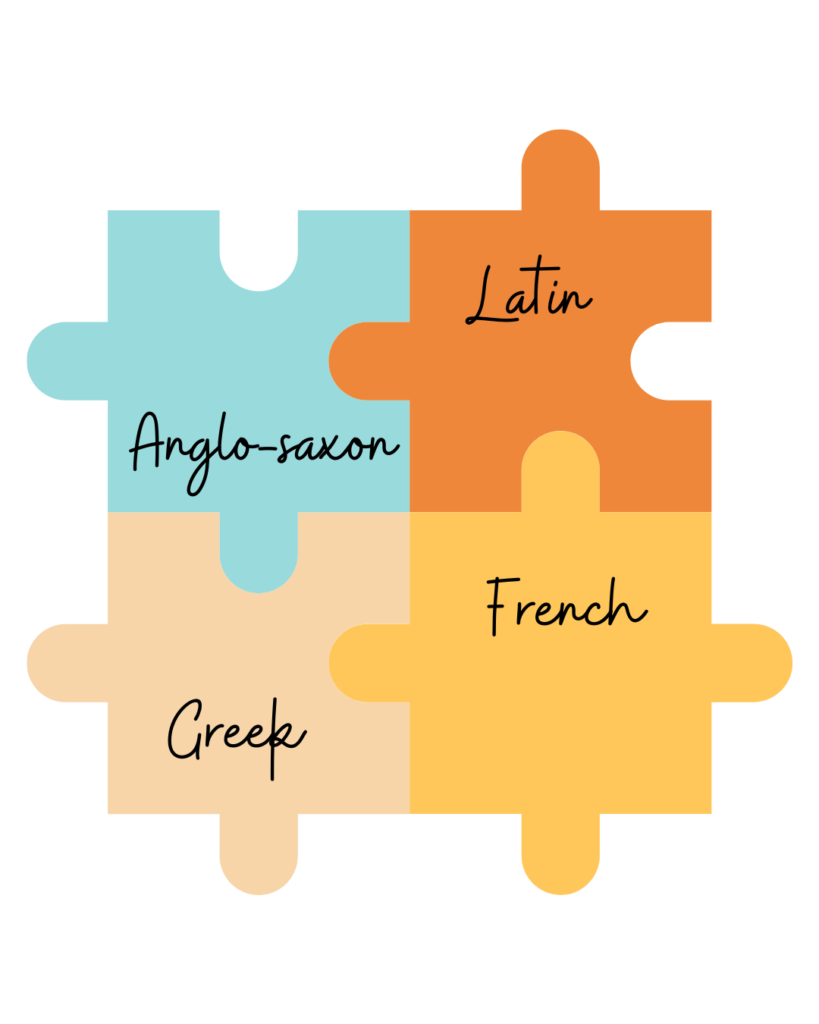Morphology Made Easy
Effective teaching strategies to improve reading comprehension, fluency, vocabulary, spelling, and writing.
All across North America, teachers are being asked to implement a structured and explicit approach to reading and writing instruction. It is a period of great transition, and teachers have not had the benefit of being students and learning in this structured approach, nor were they trained in how to deliver explicit instruction in reading. It is an overwhelming undertaking without a lot of direction or materials. At this point in the year, with some teachers going back to school next week, a bit of learning about Latin roots and morphology will ensure teachers are prepared to address all curriculum expectations and progress the literacy skills of all of their students.

Morphological Awareness
A morpheme is the smallest unit in a word that carries meaning. A root word is the most basic form of a word, and affixes can be added to the root to modify its meaning. For instance, the root word “connect” serves as the foundation for words like “disconnect,” “connected,” and “connecting.” Understanding and manipulating these small units of meaning constitute what we call morphological awareness.
With morphological awareness, individuals can consciously recognize, comprehend, and manipulate affixes to change the meaning of words. This essential skill enhances various aspects of reading, writing, and language comprehension. A study by Kirby and Bowers (2012) found that morphological awareness plays a significant role in language development and vocabulary acquisition, and with 55% or English words originating from Latin, it is an underrated skill that has the potential to have a significant impact on the reading and writing progress of our students.
Morphological awareness facilitates spelling by providing insights into the structure of words. Since English letters can represent multiple sounds, knowing morphemes can make spelling complex words or exceptions more manageable. For instance, awareness of the past tense morpheme “-ed” explains the difference between “called” and “bald,” which sound alike but have distinct spellings.

The Impact of Morphological Awareness on Literacy
1. Vocabulary Comprehension
Teaching morphology empowers individuals to decipher unfamiliar words in texts by breaking them down into meaningful components. By knowing the meaning of prefixes, suffixes, and root words, readers can infer the overall meaning of a complex word. For instance, recognizing the prefix “mis-” meaning “wrongly” allows a student to understand that “mishear” means “to hear incorrectly or wrongly.”
2. Reading Aloud and Pronunciation Clarity
Explicit teaching of morphology supports oral communication because students are able to clarify pronunciation. By identifying the boundaries between prefixes, roots, and suffixes, students can correctly pronounce each component, leading to better overall pronunciation. For example, understanding the morphemes in “mis-” and “hear” helps avoid mispronouncing it as a combination like “sh” in “ship.”
3. Spelling and Memory Recall
4. Phonological Awareness and Reading Efficiency
Linking written morphology to speech sounds can help struggling readers develop phonological awareness. Understanding how prefixes, suffixes, and root words contribute to pronunciation and meaning enables students to grasp new words more efficiently. This synergy between phonological and morphological awareness becomes apparent in words like “music” and “musician,” where the suffix “-ian” changes both the pronunciation of the letter “c” and the word’s meaning.
5. Enhanced Reading Comprehension
Morphological awareness improves processing efficiency and vocabulary knowledge, leaving more cognitive resources available for overall comprehension. As students become proficient in identifying words and their meanings, their reading comprehension improves, allowing them to make inferences and generate accurate mental maps of the text.
New Curriculum
In many states and provinces around North America, curriculums are being updated to reflect a more explicit approach to teaching literacy that is rooted in cognitive science. It is a large undertaking for teachers to implement a structured approach to teaching reading, writing, spelling, comprehension, and fluency. By addressing updated curriculum expectations through explicit instruction in morphology and Latin word parts, students will become proficient readers and confident people – and teachers will feel the profound impact they have made on each and every student.

Get resources and Latin breakdowns of 50 Middle Grade novels so that you can effectively integrate morphology into your Literacy instruction.





